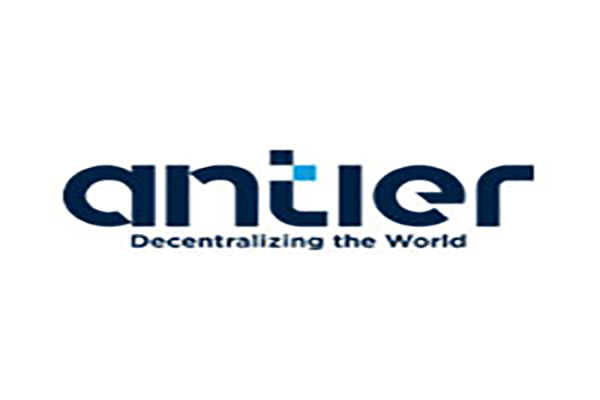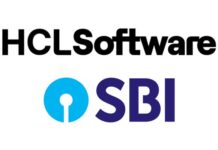Having transformed the operations of various industries in recent years, blockchain technology also has the potential to revolutionise the functioning of the healthcare sector, where the need to securely store and transmit data that deals with sensitive information of patients cannot be overstated. Living up to its billing, blockchain can store patient data in a decentralized and secure ledger, which rules out the possibility of tampering and access by unauthorized parties.
Blockchain can optimise patient outcomes, new drug development
The most far-reaching advantage of blockchain in healthcare is its immense potential to improve patient care and outcomes on one hand and speed up the development of new treatments and drugs on the other.
Blockchain can improve patient care by ensuring that healthcare providers have access to latest and accurate medical records. The patient data stored on a distributed ledger on blockchain is only accessible to authorized parties, thus preventing data breaches and effectively addressing other security issues.
It all boils down to data security and accuracy
While healthcare generates more data than any other industry, this data is not being optimally used owing to privacy and tampering concerns. Addressing both these concerns, blockchain-based healthcare platforms are designed to facilitate secure and efficient data sharing while ensuring the privacy of patients and security of their data, thereby improving patient and clinical outcomes.
This new-age technology also addresses the criticality of data accuracy in the healthcare sector by creating a tamper-proof and auditable record of medical data. It can also ensure data validation and integrity through interoperability with Electronic Health Record (EHR) systems and medical devices to enable healthcare providers and public and private sector organisations to exchange information in real time.
Blockchain not only minimalizes the vulnerability of patient data to cyberattacks, data breaches and identity theft, but also gives patients more control over their EHRs by ensuring that no personal data can be shared without their knowledge and consent.
Other blockchain applications in healthcare
Another area where blockchain can make a significant impact is clinical trials. By using blockchain technology to securely store and transmit data, researchers can ensure that clinical trial data is accurate, transparent and accessible. This can help speed up the development of new drugs and treatments, potentially saving thousands of lives.
Blockchain technology can also help in reducing administrative costs and improving overall efficiency by streamlining processes and eliminating the need for intermediaries. However, blockchain solutions need to be designed in such a way that they provide a well-defined return on investment while being simple to implement and maintain at the same time.
Blockchain can even reduce healthcare frauds by creating a transparent and immutable record of all transactions. This implies that every time a patient receives treatment, a record of that treatment is added to the blockchain, thus lending legitimacy to all transactions and minimizing the possibility of manipulations.
Blockchain tools that do the trick
Driven by Distributed Ledger Technology (DLT) that makes the data tamper-proof and auditable, thereby improving patient and clinical outcomes, blockchain relies on a variety of tools like smart contracts, tokenization and encryption to lend a cutting edge to the healthcare sector. While smart contracts automate the process of sharing medical records and lend them credibility, tokenization allows the confidentiality and accuracy of these records while allowing secure sharing by assigning a unique token to each patient. Used to shield sensitive medical data from unauthorized access, encryption also guarantees protected data transfer by securing communication channels between healthcare providers without the need for a centralized database.
A beginning has been made already
Many healthcare organisations have already started using blockchain to improve patient care and outcomes. For instance, MedRec, a blockchain-based medical platform, allows patients to control their medical records and share them securely with healthcare providers. This can help reduce medical anomalies and ensure that patients receive the right treatment at the right time.
Another organisation, SimplyVital Health, has developed a blockchain-based platform called Health Nexus that allows healthcare providers to securely share patient data. This helps improve coordination and ensure that patients receive the best possible care. Many other healthcare organisations are also investing heavily in blockchain technology to develop solutions for clinical trials, supply chain management and more.
A promising future in the making
As with any new technology, the full-fledged adoption of blockchain in healthcare is also impeded by lack of awareness about its potential benefits among the stakeholders involved. But I feel it is only a matter of time before blockchain becomes a buzzword in this fast-growing industry. Given the immense benefits of blockchain, healthcare organisations are slowly but surely exploring its potential and developing solutions that can improve patient care and outcomes. Leading multinational Roche Diagnostics, for example, is developing a real-time blood testing platform to pool blood data from patients suffering from heart and kidney disorders. We can expect more healthcare organisations to embrace blockchain in due course in a variety of applications ranging from health data management and health information exchange to provider credentialing and accreditation and pharmaceutical supply chain management.
When it comes to technological interventions in healthcare, collaboration among stakeholders is extremely crucial. We need to prioritise privacy, security and ethical considerations to protect patient’s rights and well-being. After all, the end objective is to create a more patient-centric, efficient and sustainable healthcare system.















